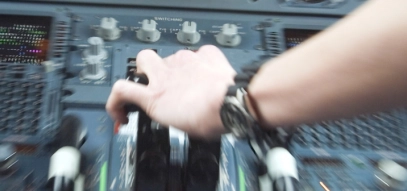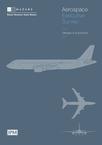To gain a deeper understanding of these trends, a survey was conducted during the 2014 Aviation Forum Hamburg, the international trade fair for the aerospace industry. Industry experts from different stages of the value chain that are involved in M&A activities were asked to assess corporate strategy trends, main drivers of acquisitions and factors that may impede or support their growth efforts going forward.
According to aerospace experts, the development of emerging markets on the customer side is the most important area for corporate strategy. This can be attributed to the large number of aircrafts ordered in Asia and the Gulf States in 2014.
Although the willingness of suppliers to follow OEMs to the USA and Asia with their own production capacities continues to be assessed as (very) high, our sample has recently identified a decrease in this trend due to exchange rate developments, compared to last year’s survey. At the same time, they consider the entrance of Asian competitors into the market as the most influential factor on future corporate strategy.
The intensification and shift in consolidation pressure has further increased and has moved from Tier 1 to Tier 2 suppliers. This trend is expected to lead M&A activities at this level of the value chain. A solid 89% of the experts surveyed foresee greater M&A activities for Tier 2 suppliers with 77% thinking the same for Tier 1 suppliers.
65% of industry experts perceive the development of exchange rates as a relevant driver for M&A activities. However, only 35% expect the relevance of this factor to increase for corporate strategy considerations in 2015 and 2016 due to the strengthening of the U.S. dollar and the commensurate weakening of the euro.
For the next two years, our sample forecasted that the entry of Asian suppliers into the market, the emergence of customer markets and the establishment of system suppliers at the Tier 1 supplier level will lead corporate strategies and that their role will grow significantly in the future.



